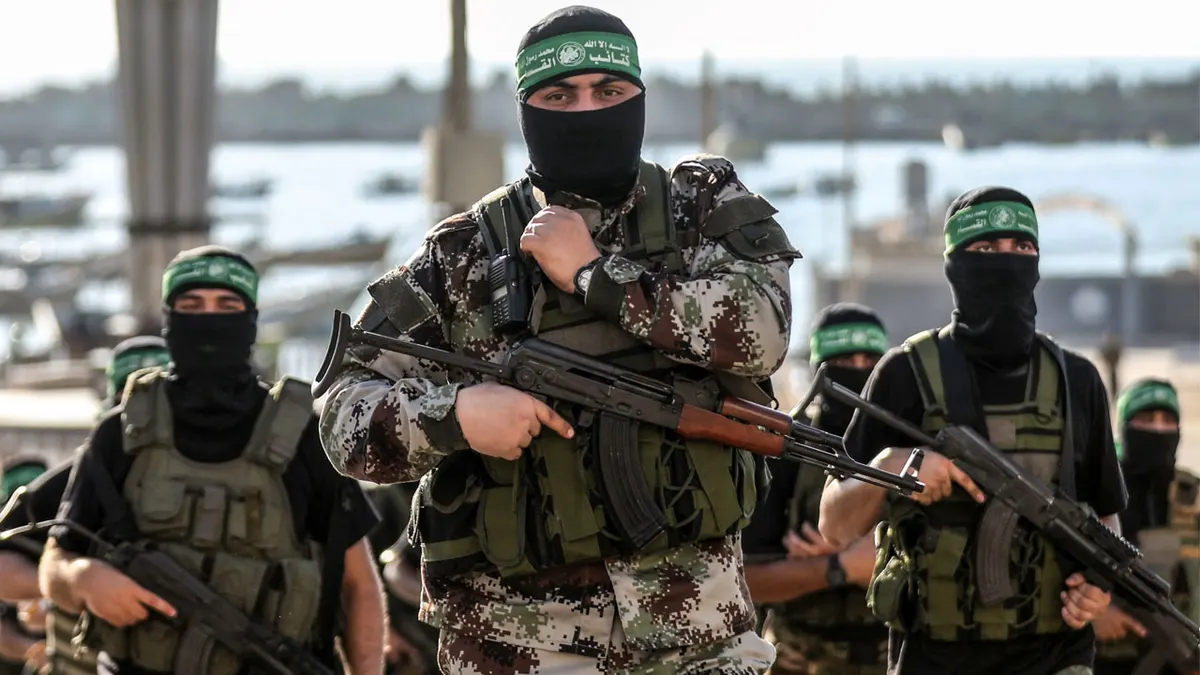Already a subscriber? Make sure to log into your account before viewing this content. You can access your account by hitting the “login” button on the top right corner. Still unable to see the content after signing in? Make sure your card on file is up-to-date.
Hamas has carried out multiple executions in public following the implementation of a ceasefire agreement with Israel.
Getting into it: The executions, carried out in public squares across Gaza, appear to be part of an internal crackdown aimed at consolidating Hamas’s authority in areas recently vacated by Israeli forces. At least 33 individuals have been killed since the ceasefire began, most accused of collaborating with Israel or belonging to rival armed factions.

One widely circulated video shows masked gunmen forcing seven bound men to their knees in Gaza City before executing them at close range with automatic weapons as a crowd of civilians watched and chanted “Allahu Akbar.” These executions, staged in broad daylight and often filmed or photographed, have raised concerns among human rights observers.
Beyond the executions, Gaza has seen a surge in violent clashes between Hamas forces and powerful local clans, particularly the Dughmush family in Gaza City. The fighting, which erupted near the Jordanian hospital in the Tel al-Hawa neighborhood, led to the deaths of at least 27 people, including 19 Dughmush clan members and eight Hamas personnel. Hamas claimed its fighters were ambushed while attempting to detain armed clan members involved in militia activity, while other reports say Hamas tried to forcibly evict Dughmush members from a building they were using for shelter.
The intensifying crackdowns have raised serious doubts about whether Hamas has any genuine intention of disarming, despite President Trump expressing confidence that Hamas will ultimately follow through. He has warned, “If they don’t disarm, we will disarm them.”







